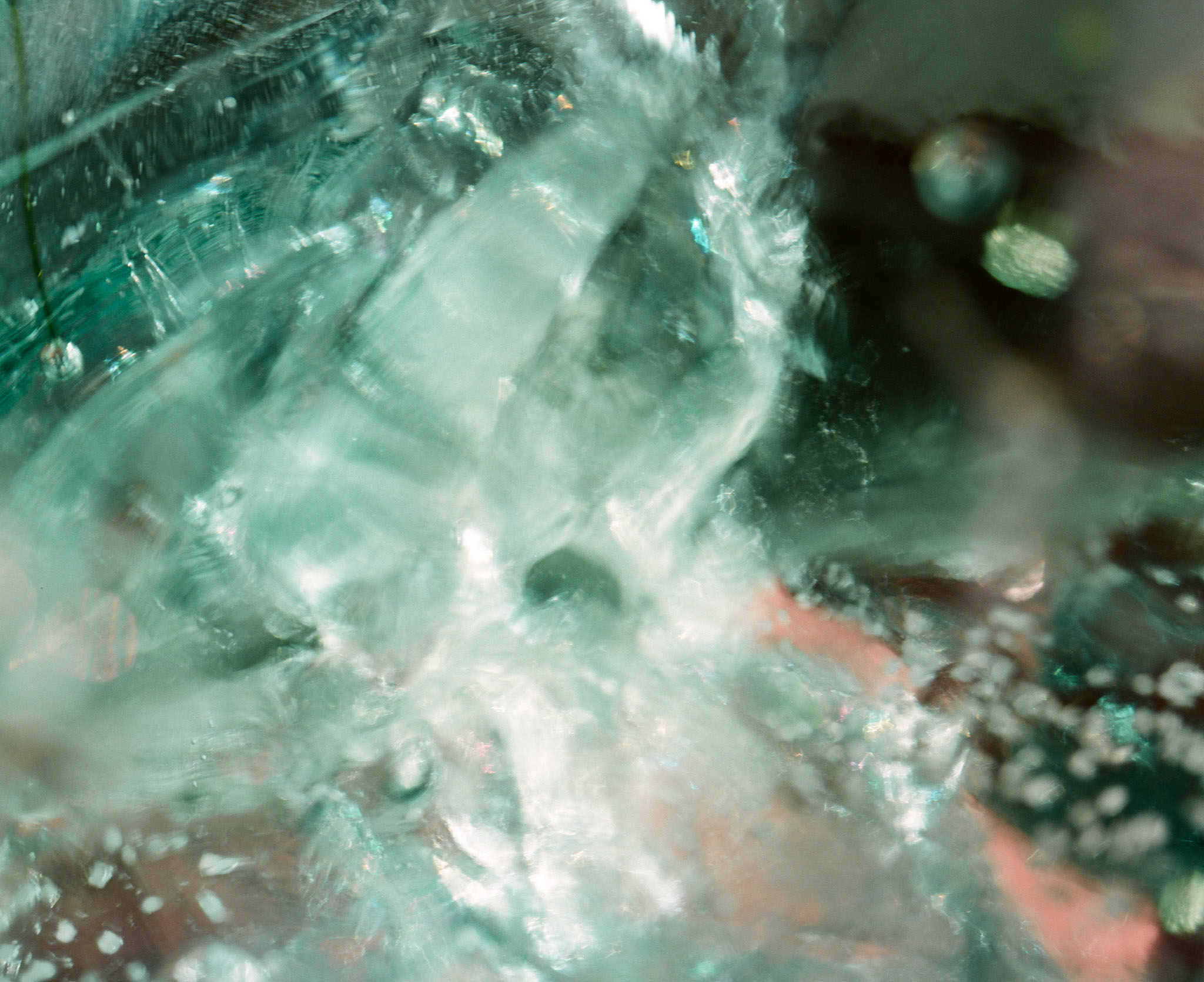“A few objects and documents tenuously symbolise the past, and along with it, my parents and their parents.” — Sophie Berrebi
My grandmother’s writing was dainty and thoughtful. Every word was written out with intention and care.
I only discovered this detail recently, despite my grandmother being a pillar of my childhood years. I was in her kitchen, a marbled room in an apartment in Eastern Athens, Greece, when I came across a binder filled with old papers. On each one was a different recipe. The papers were stained and discoloured from years lying in the Mediterranean Sun. But their discovery washed a wave of comfort over me—quickly made painful by grief. Though she had passed on many years prior, her words brought back days spent playing in the kitchen, rolling out long sheets of filo pastry. In the weeks that followed, I thought hard about what to do with the recipes. Should I frame them? As a way of preserving them. Or should I put them into practice? As a way of reviving a part of the person I’d lost—and share her spirit with others, too.
I’ve since come to think of families as the echoes of our past and future. As I read through my grandmother’s recipes, I thought about the ways she lived between times; about how she carried out the rituals of remote village life, while raising children in a city shifting towards modernity. Generational cycles live in these choices, and in the artefacts they leave behind. They live on in the stories we keep, the ones we retell, and the ones we pass on.
To me, her notes are more than just culinary instructions. They are blueprints of memory, heavy with the weight of continuity.
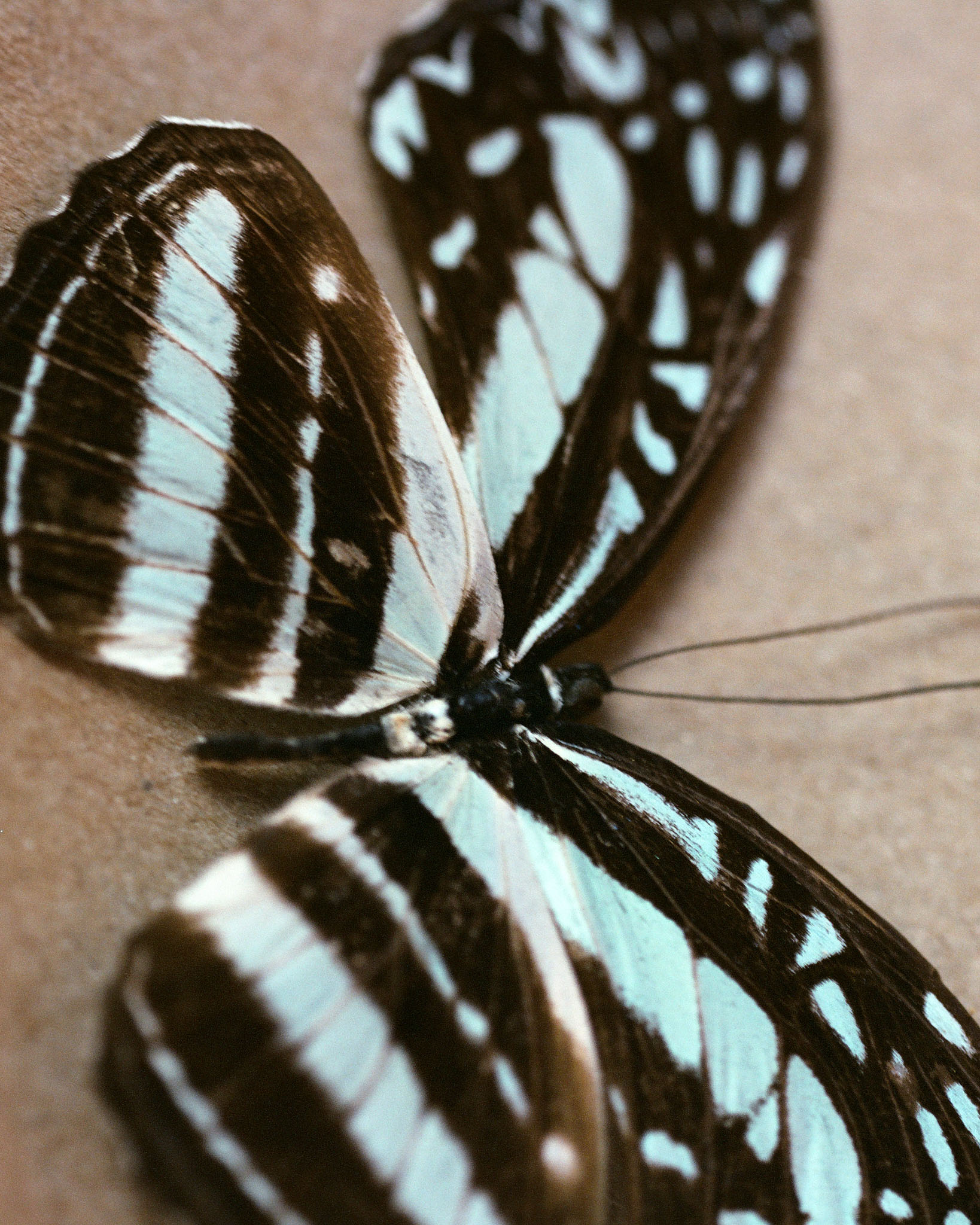

01
“The document is a monument. It is the result of the effort made by [predecessors] to project a certain image of themselves into the future.” — Jacques Le Goff and Pierre Toubert
What do we picture when we think of monuments? The Statue of Liberty. The Taj Mahal. The Eiffel Tower. The Pyramids of Giza. The Great Wall of China. And yet the artefacts our ancestors leave behind are monuments, too. They carry profound cultural significance, shaping the stories we tell about ourselves through their lens, their experiences, and their histories. A grandmother’s ritual of kneading bread can quickly become a lesson in patience; a grandfather’s recitation of a prayer, a reminder of belonging. These practices are not static; they shift and evolve with time, and they anchor us to the legacy of those who came before.
Family heirlooms—old photos, letters, postcards and recipes—hold unique power in our generational inheritance. They are vessels of emotion and memory, capable of collapsing time and evoking collective memories worthy of both attention and reflection. For parents, these artefacts become teaching tools, stories they can hold in their hands and pass on to their children to help them understand where exactly it is that they came from.
Monuments matter especially to families separated by geography or circumstance that require a more intentional effort to keep history alive. I know this firsthand. Parents become archivists, curating the parts of the past to protect and share. These archives are not just sites of ancestral knowledge and wisdom, but relics of identity, care and love.
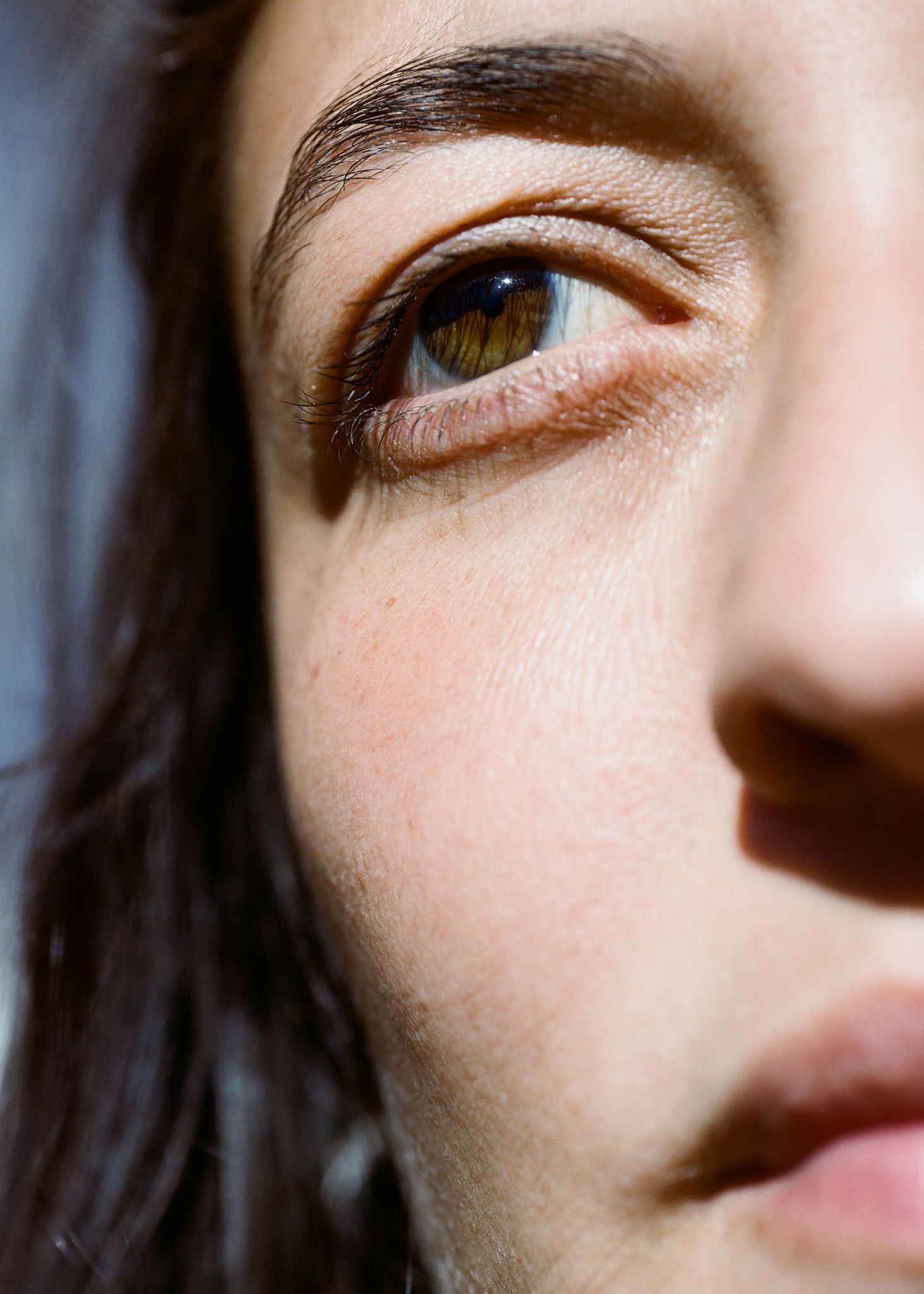
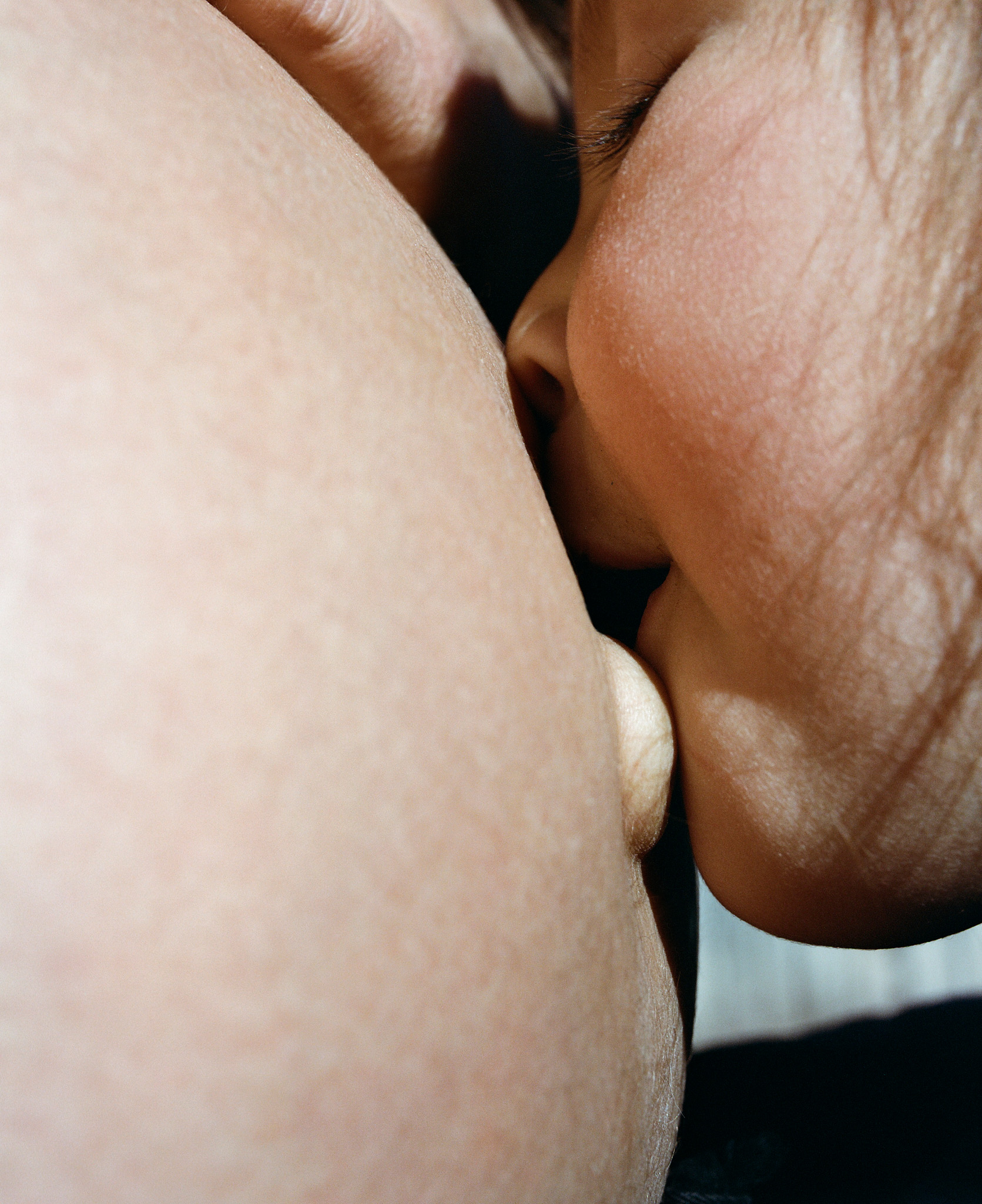
02
“I need a father. I need a mother. I need some older, wiser being to cry to.” — Sylvia Plath
The impossible duality of parenthood has long been a subject of reflection and contemplation. Parents are both caretakers and custodians of tradition; but also figures who inevitably fall short.
And yet, never have young generations needed more clarity. We live in times that are marked by crisis. Political instability, financial uncertainty, rising authoritarianism, and the horrifying demise of our planet as a result of the climate crisis. For many young people, the future is uncertain and precarious. Parents, too, are navigating uncharted territory, tasked with a daunting responsibility: helping their children find stability and purpose in a world that often feels anything but secure.
There’s no lack of research to show how crucial parents are to establishing children’s sense of identity and belonging. Studies have long made clear just how important local environments and values are to shaping a child’s sense of self; factors that are in large part moulded by parents. Parents act as both curators and narrators, sharing some traditions from their own childhoods, while leaving others behind entirely. But through each decision—what to preserve, what to adapt, and what to let go—the experience of parenthood exists in their own histories and traditions, and ideas and beliefs on teaching their children about their past, to help equip them with the knowledge to build more equitable futures. This role is more than just a personal responsibility; it is a cultural and societal force. Parents are not only shaping their children’s understanding of themselves, but also influencing how they engage with the world—what they challenge, what they uphold, and how they navigate complex social landscapes. This responsibility is especially resonant in today’s world. In a time when institutions falter and public trust erodes, parents become the critical anchors of meaning for their children. Through their decisions, they shape the next generation’s reconciliation of their personal histories with the urgent demands of justice in the present.

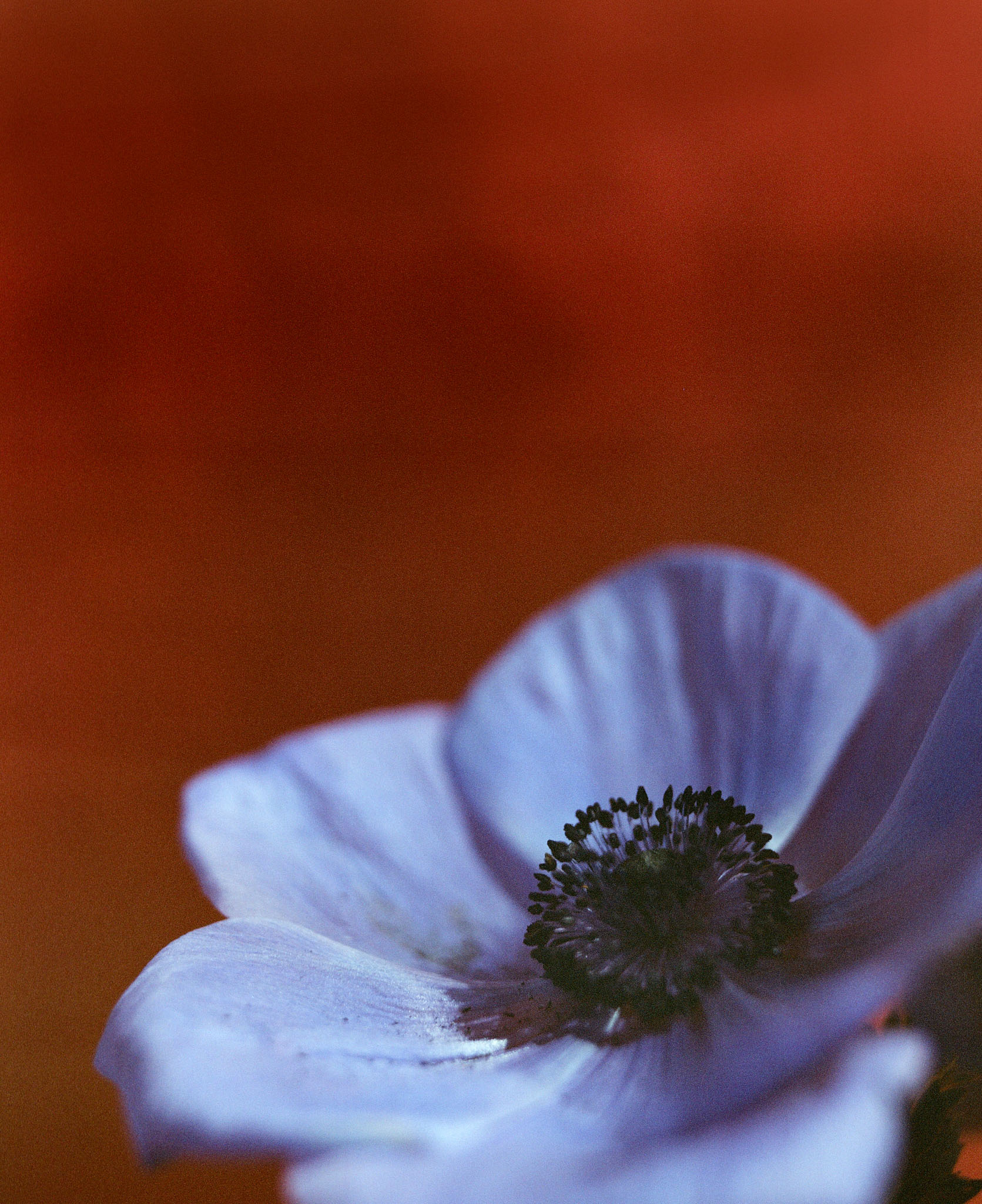
03
“my mother said I am going now
when you are alone you will be all right” — W. S. Merwin
Parents have long grappled with the tension between preparing their children for independence and knowing that they might never know the world their kids will inevitably face. Today, as the pace of change outstrips the traditions and tools of our predecessors, the challenge of imagining future generations—and promising they’ll be alright—has changed in both scope and impact. Parents do their best to prepare their children for the future, but they can never fully predict the challenges that lie ahead. The world changes too quickly, shaped by forces beyond anyone’s control. What they can do, however, is pass down values—resilience, kindness, adaptability—through everyday actions. These small lessons, often unspoken, form the foundation children will rely on when they step into the unknown. The goal of parenting has never been to shield children from uncertainty, but to equip them with the tools to navigate it.
It’s no understatement to say that parenting is entering uncharted territory. It is “relentless,” in the words of the New York Times. Emerging technologies, from AI-powered tools to advanced healthcare innovations, are already reshaping how parents interact with their children. On the one hand, parenting apps now offer personalised advice and smart home devices automate routines, easing some of the logistical burdens of caregiving. At the same time, social media—and all that comes with it—has never demanded more of us.
Beyond technology, shifting societal norms are redefining parenthood itself. How should parents prepare their children for a world shaped by climate change, rapid technological advances, and social inequality? The question underscores the growing responsibility parents hold—not just to their children but to the future itself.
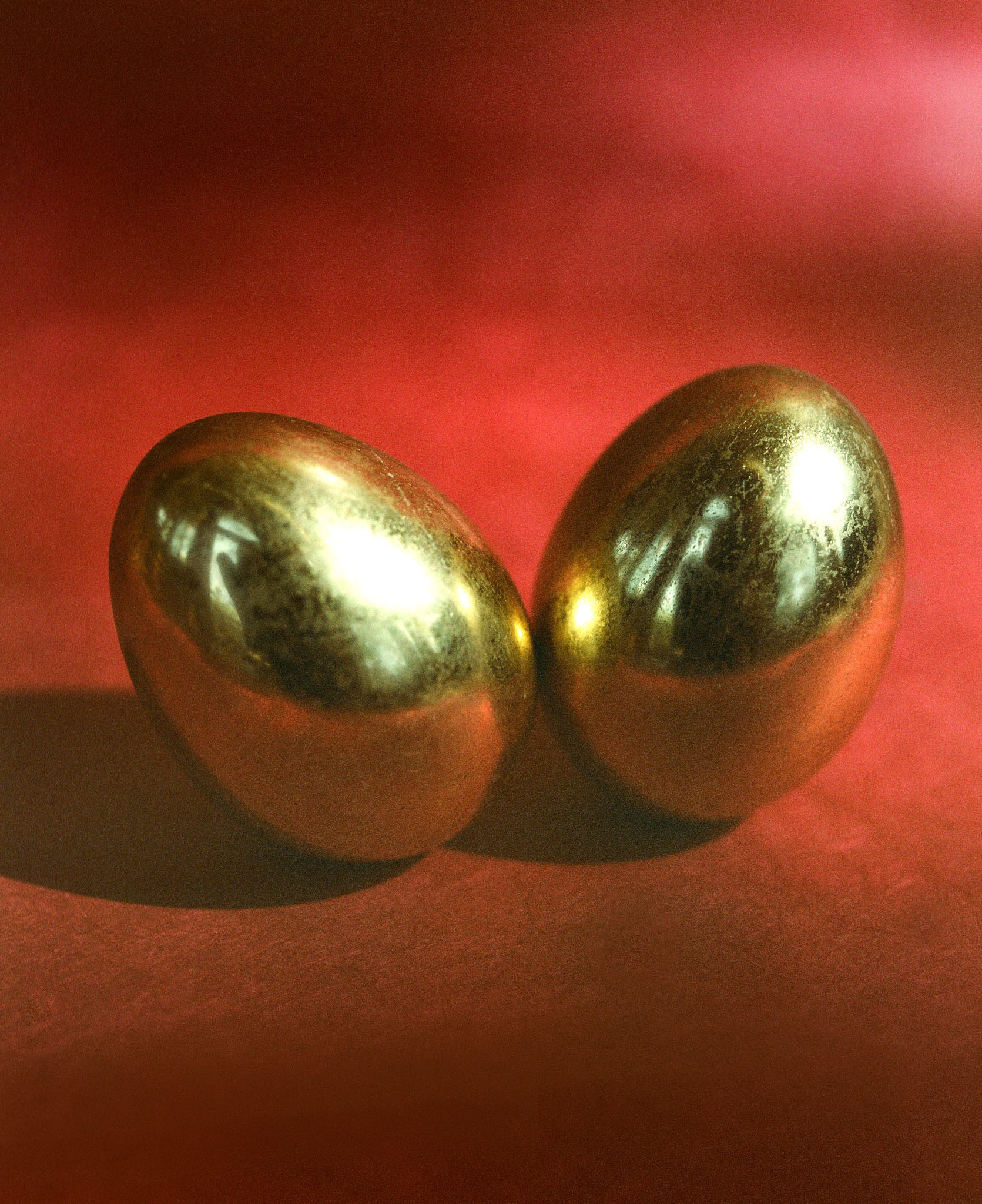
04
Parenthood is, at its core, an act of bridging—spanning the gap between what has been and what lies ahead. My grandmother’s recipes, in other words, are not mere instructions, but vessels of care, love and legacy. These artefacts become what tether generations together.
Cycles are kept alive not just in grand acts but in the quiet, tangible relics of love—like a stained recipe card tucked inside a binder, waiting to be made new again. In the end, I decided to cook. I gathered flour, butter and eggs and followed her instructions as best I could, letting my hands move where hers once had. The dough stuck under my fingernails. The scent of warm feta filled the air. As I worked, I felt her presence in the smallest details—the way she always wiped flour off the counter in one swift motion, the way she tasted the filling with the tip of her finger. I realised then that preservation isn’t just about keeping things unchanged. It’s about breathing life into them, over and over again.
This act of transformation, this negotiation between past and future, is never static; it evolves with the needs and challenges of our times. Parents sift through the wisdom of those who came before to meet the demands of a world they may never see. And while the tools of parenting transform—from recipes stained by time to digital archives shared across continents—the reality of parenthood remains unchanged: to nurture, to connect, and to guide the next generation toward a world defined by both uncertainty and hope.
